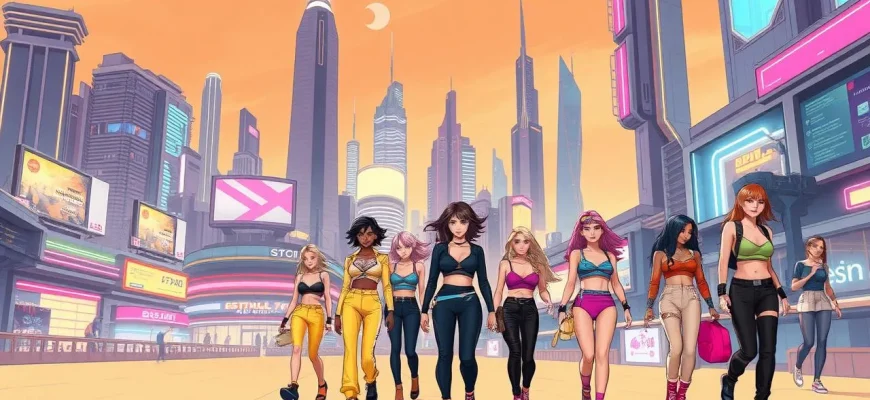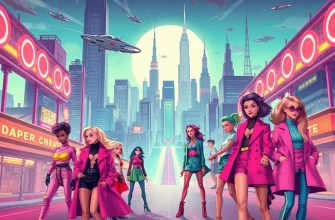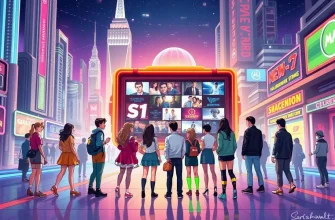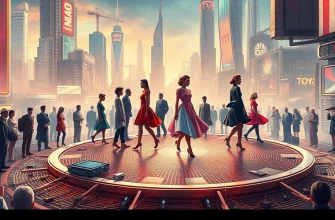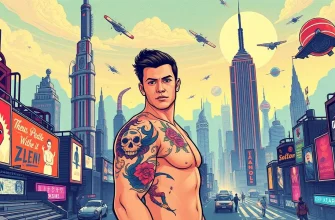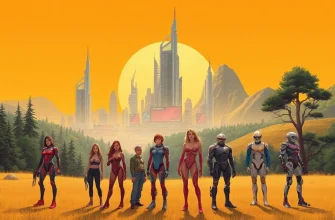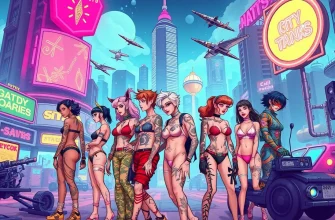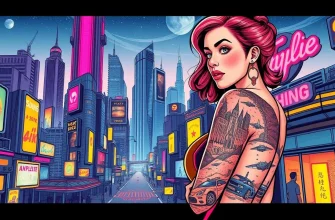In the realm of science fiction, fashion often serves as more than just a backdrop; it's a character in its own right. This collection of films delves into the world of futuristic fashion, where clothing isn't just about looking good but also about telling a story. From dystopian societies to utopian futures, these films explore how fashion can reflect societal norms, technological advancements, and individual identity. Whether you're a fashion enthusiast or a sci-fi aficionado, this list will provide a unique perspective on how style can shape and be shaped by the future.
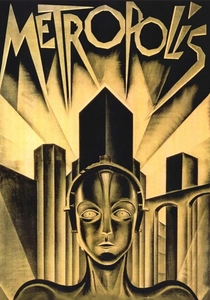
Metropolis (1927)
Description: One of the earliest sci-fi films, Metropolis features fashion that has influenced countless future works. The stark contrast between the workers' uniforms and the elite's opulent attire sets the stage for class conflict.
Fact: The film's fashion has been referenced in modern fashion shows, and the iconic robot Maria's costume is one of the most recognized in cinema history.
 Watch Now
Watch Now

A Clockwork Orange (1971)
Description: Stanley Kubrick's adaptation of Anthony Burgess's novel features the Droogs, whose distinctive white outfits with black bowler hats and codpieces have become emblematic of futuristic gang fashion.
Fact: The costume designer, Milena Canonero, won an Oscar for her work, and the film's fashion has been referenced in numerous music videos and fashion shows.
 Watch Now
Watch Now
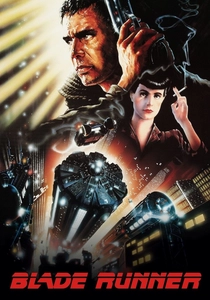
Blade Runner (1982)
Description: Ridley Scott's vision of Los Angeles in 2019 features a blend of retro-futurism and high-tech fashion, with outfits that reflect a society where technology and humanity blur. The film's costume design by Charles Knode captures the essence of a dystopian future.
Fact: The film's rain-soaked, neon-lit aesthetic has inspired countless fashion collections, and the trench coat worn by Deckard became an iconic piece of sci-fi fashion.
 Watch Now
Watch Now

The Fifth Element (1997)
Description: This film is a visual feast of futuristic fashion, with costumes designed by Jean-Paul Gaultier. It showcases a world where fashion is both functional and flamboyant, reflecting the diverse cultures of a future Earth.
Fact: The iconic bandage dress worn by Milla Jovovich was made from medical bandages, and the film's fashion has influenced many designers since its release.
 Watch Now
Watch Now
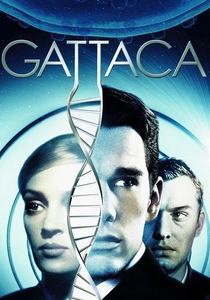
Gattaca (1997)
Description: In this genetically engineered society, fashion reflects the characters' status and aspirations. The film's costumes by Colleen Atwood are both elegant and indicative of the societal hierarchy.
Fact: The film's fashion was designed to be timeless, blending elements of past and future, and the costume designer was nominated for an Academy Award.
 Watch Now
Watch Now
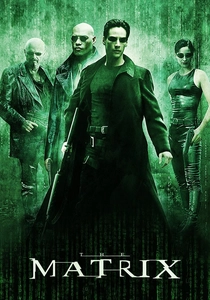
The Matrix (1999)
Description: The Matrix introduced a sleek, black leather aesthetic that became synonymous with cyberpunk fashion. The costumes by Kym Barrett reflect the film's themes of reality versus illusion.
Fact: The film's costume design was influenced by Japanese anime and manga, and the trench coats worn by the characters have become iconic in pop culture.
 Watch Now
Watch Now
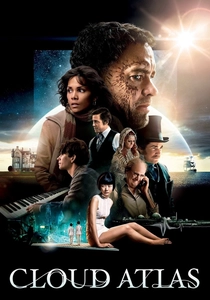
Cloud Atlas (2012)
Description: Spanning multiple timelines, Cloud Atlas showcases fashion from different eras, with futuristic segments featuring unique and imaginative clothing that reflects the film's themes of reincarnation and interconnectedness.
Fact: The film's costume designers, Kym Barrett and Pierre-Yves Gayraud, had to create looks for six different time periods, blending historical accuracy with speculative future fashion.
 Watch Now
Watch Now
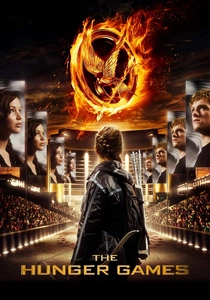
The Hunger Games (2012)
Description: The Capitol's extravagant and outlandish fashion contrasts sharply with the utilitarian clothing of the districts, highlighting the societal divide. The film's costumes by Judianna Makovsky are both a critique and a celebration of fashion excess.
Fact: The film's fashion has inspired real-world trends, particularly the Capitol's flamboyant styles, and the Mockingjay pin became a symbol of rebellion both in and out of the film.
 Watch Now
Watch Now

Her (2013)
Description: Spike Jonze's film features a minimalist, yet stylish future where fashion reflects the simplicity and intimacy of human relationships. The costumes by Casey Storm are subtle yet impactful.
Fact: The film's fashion was inspired by the idea of a future where technology has made life more comfortable, leading to a more relaxed and personal style.
 Watch Now
Watch Now
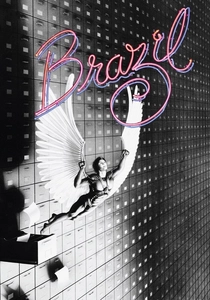
Brazil (1985)
Description: Terry Gilliam's dystopian vision includes fashion that mixes the bureaucratic with the whimsical, showcasing a world where individuality is suppressed but still finds ways to express itself.
Fact: The film's costumes were designed to look both retro and futuristic, reflecting the film's theme of a society stuck in bureaucratic limbo.
 30 Days Free
30 Days Free

